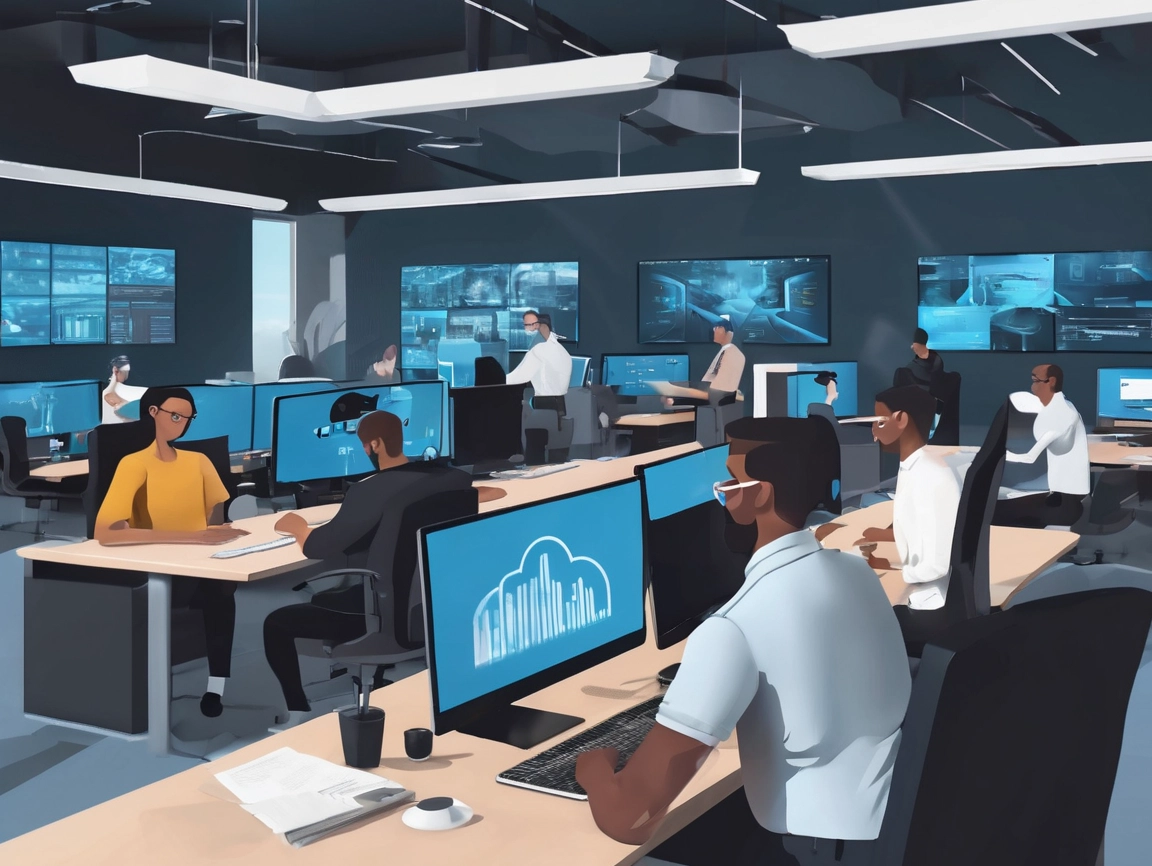Strengthening Remote Access Security with Azure Virtual Desktop
Azure Virtual Desktop provides a centralized platform for managing virtualized desktops and applications. By utilizing a cloud-based infrastructure, AVD allows organizations to maintain strict control over their virtual environments. One of the key security features is the ability to enforce multi-factor authentication (MFA), which adds an additional layer of security by requiring users to verify their identity through multiple means. This greatly reduces the risk of unauthorized access, a common vulnerability in remote work scenarios.
Another significant aspect of AVD’s security capabilities is its built-in network security features. Azure’s Network Security Groups (NSGs) can be configured to allow or deny traffic to virtual machines, ensuring that only authorized users can access specific resources. Additionally, Azure’s sophisticated threat detection and response tools, such as Azure Security Center, continuously monitor for anomalies and provide actionable insights. This proactive approach to security helps organizations quickly identify and mitigate potential threats before they escalate.
Moreover, AVD supports secure application access through Microsoft Endpoint Manager, enabling organizations to manage applications and enforce security policies seamlessly. By integrating Azure Active Directory (AAD), businesses can leverage Single Sign-On (SSO) capabilities, which streamline access while enhancing security. This layered security framework is essential for protecting sensitive information and ensuring compliance with various regulations, such as GDPR and HIPAA.
Best Practices for Implementing Azure Virtual Desktop Safely
When implementing Azure Virtual Desktop, it is crucial to follow best practices that enhance security. One such practice is the principle of least privilege. Organizations should ensure that users have only the permissions necessary to perform their roles. By limiting access rights, organizations can significantly reduce the potential attack surface, making it more challenging for malicious actors to exploit vulnerabilities. Regular audits should be conducted to review and adjust permissions as needed.
Additionally, organizations should employ robust data encryption both at rest and in transit. Azure provides advanced encryption capabilities that can protect sensitive information from unauthorized access. By configuring encryption settings, businesses can ensure that data remains secure even in the event of a data breach. Furthermore, organizations should regularly back up their virtual desktops and applications to safeguard against data loss due to cyber incidents or accidental deletions.
Lastly, conducting regular security assessments and training sessions is vital for maintaining a secure remote work environment. Employees should be educated about best practices for using AVD, including recognizing phishing attempts and employing secure password management techniques. Regularly updating software and security protocols is also necessary to protect against evolving cyber threats. By fostering a culture of security awareness, organizations can empower their workforce to take an active role in safeguarding remote access.
In conclusion, Azure Virtual Desktop offers a powerful solution for enhancing remote access security while supporting the growing demand for flexible work arrangements. By leveraging its advanced security features, following best practices, and fostering a culture of security awareness, organizations can significantly reduce their exposure to cyber threats. As remote work continues to evolve, investing in secure Cloud Services like AVD is not just a necessity but an imperative in today’s cybersecurity landscape. For more information, consider exploring Microsoft Azure’s official resources.




